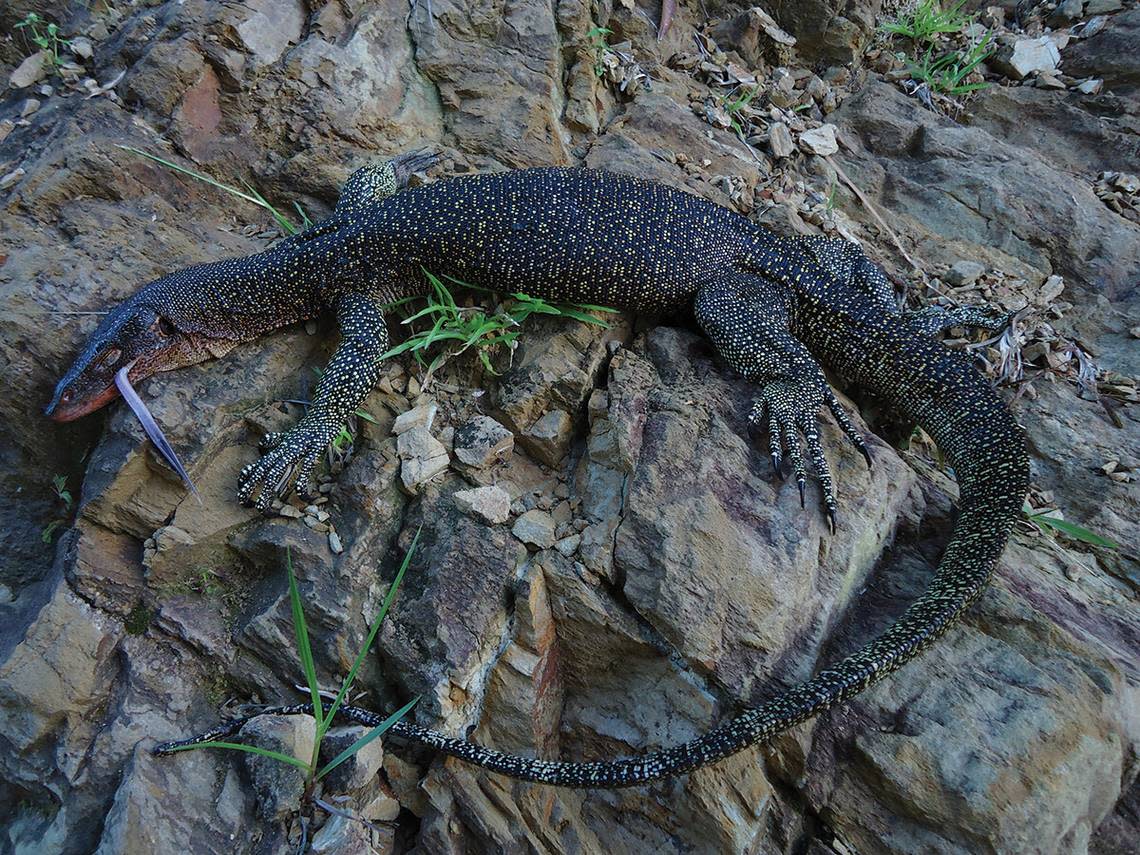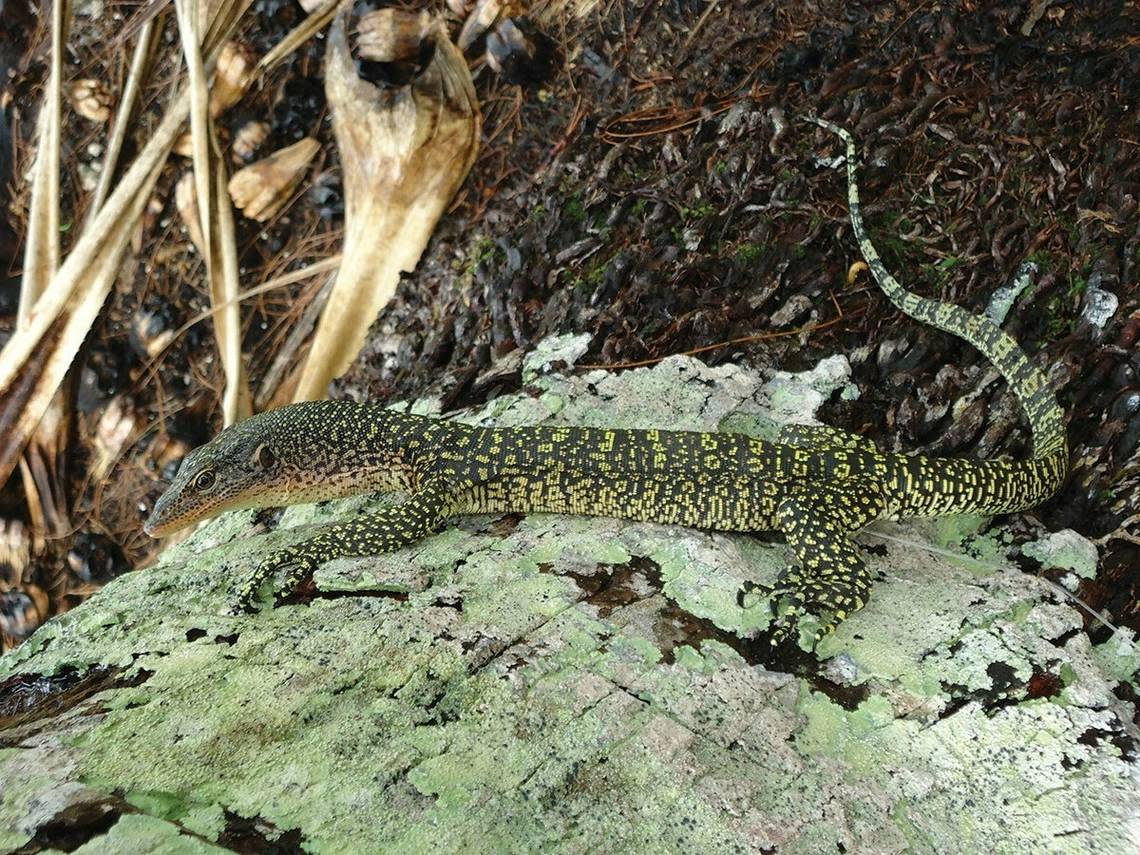‘Secretive’ creature —with sharp claws — found lurking on island. It’s a new species
Creeping through the mangroves of Papua New Guinea, a clawed creature evaded detection. At least, it tried to and largely succeeded — until a scientist arrived on the island in the southwestern Pacific.
Valter Weijola “visited a large number of the islands and island groups surrounding New Guinea” as part of his masters and doctoral research, he told McClatchy News. Going island to island, he searched for one type of animal: monitor lizards.
“Monitor lizards are generally fairly secretive animals,” Weijola said, “but (they) can usually be located by searching in the right habitats such as coastal forests and mangroves.”
Sure enough, when he surveyed mangroves of the Louisiade Archipelago, Weijola found several monitor lizards — and discovered a new species: Varanus louisiadensis, or the Louisiade monitor lizard.
Weijola and his co-author Fred Kraus published their findings in a June 21 study published in the Journal of Natural History.
The Louisiade monitor lizard can reach about two feet in length, the study said. It has a black scaly body with yellow spots, photos show. The yellow patterns “tend to become less distinct as the animals age.”

Louisiade monitor lizards have “sharp” claws and blue tongues, researchers said. A photo shows a lizard with its bluish-purple tongue sticking out.
Researchers reportedly identified the lizard as a new species based on its scales pattern and coloring. DNA analysis found the new species had at least about 3% genetic divergence from other monitor lizards.
The new species was named after the Louisiade Archipelago, its native area and the place where it was discovered, the study said.
The Louisiade Archipelago is a group of islands southeast of mainland Papua New Guinea. The archipelago has “three major islands of Misima, Sudest and Rossel, along with several smaller satellite islands,” researchers said.
Louisiade monitor lizards were found “on all three major islands,” the study said. It is “expected to occur on nearby smaller islands with suitable habit,” but this “has yet to be confirmed.”

Researchers also discovered a second new species of monitor lizard from Indonesia. This species, Varanus tanimbar or the Tanimbar monitor lizard, was identified from specimens collected in the 1990s and preserved at the Western Australian Museum, Weijola said.
Scientists spot ‘reddish’ eyes in the night — and discover adorably small new species
Spiky creature found hunting at night on college campus in India. It’s a new species
Mysterious kidney-shaped creature found among pebbles in China. It’s a new species
